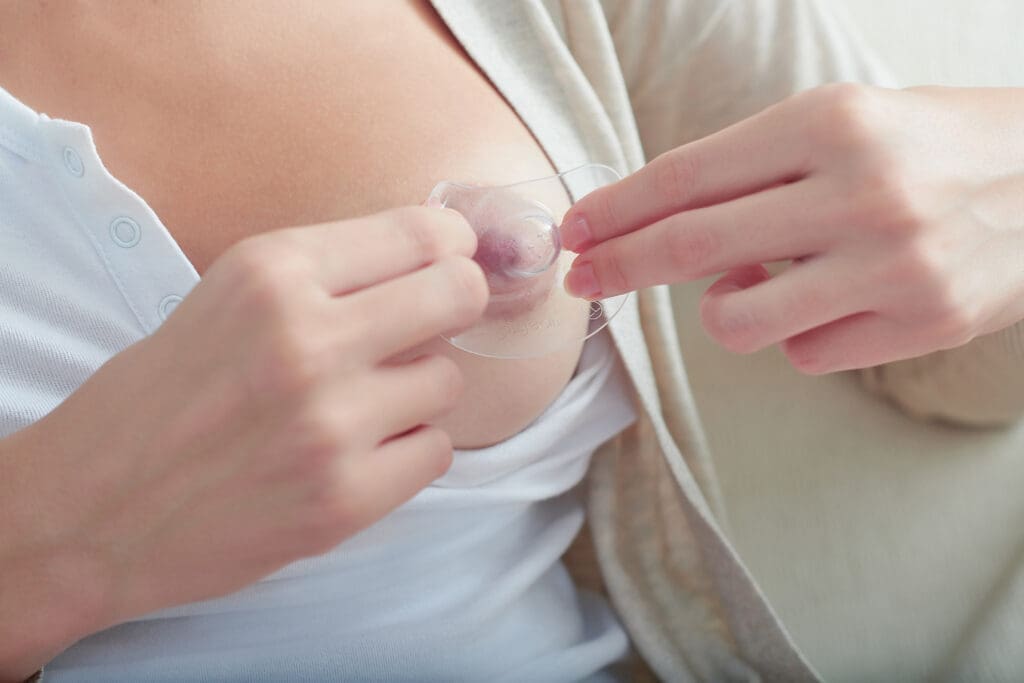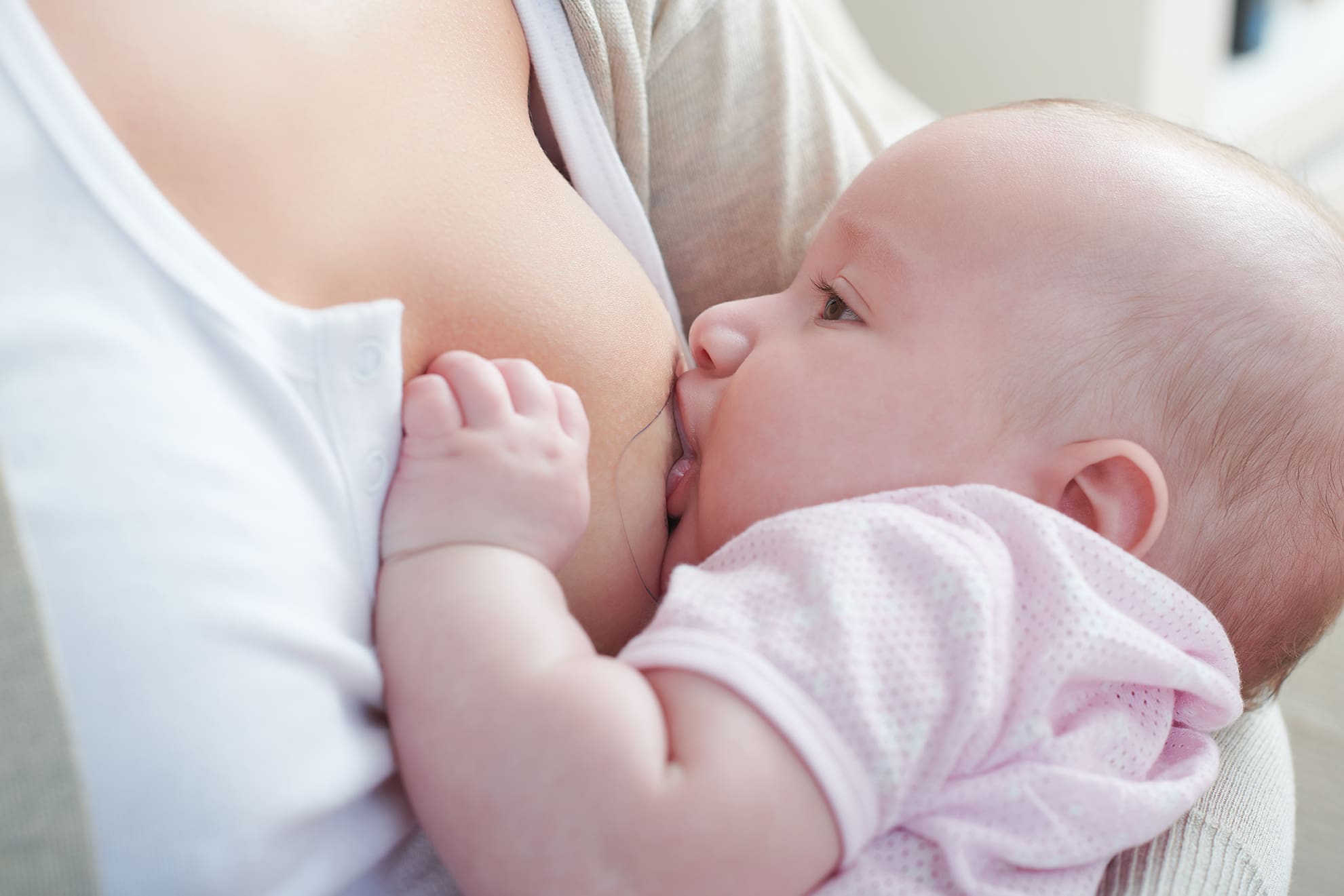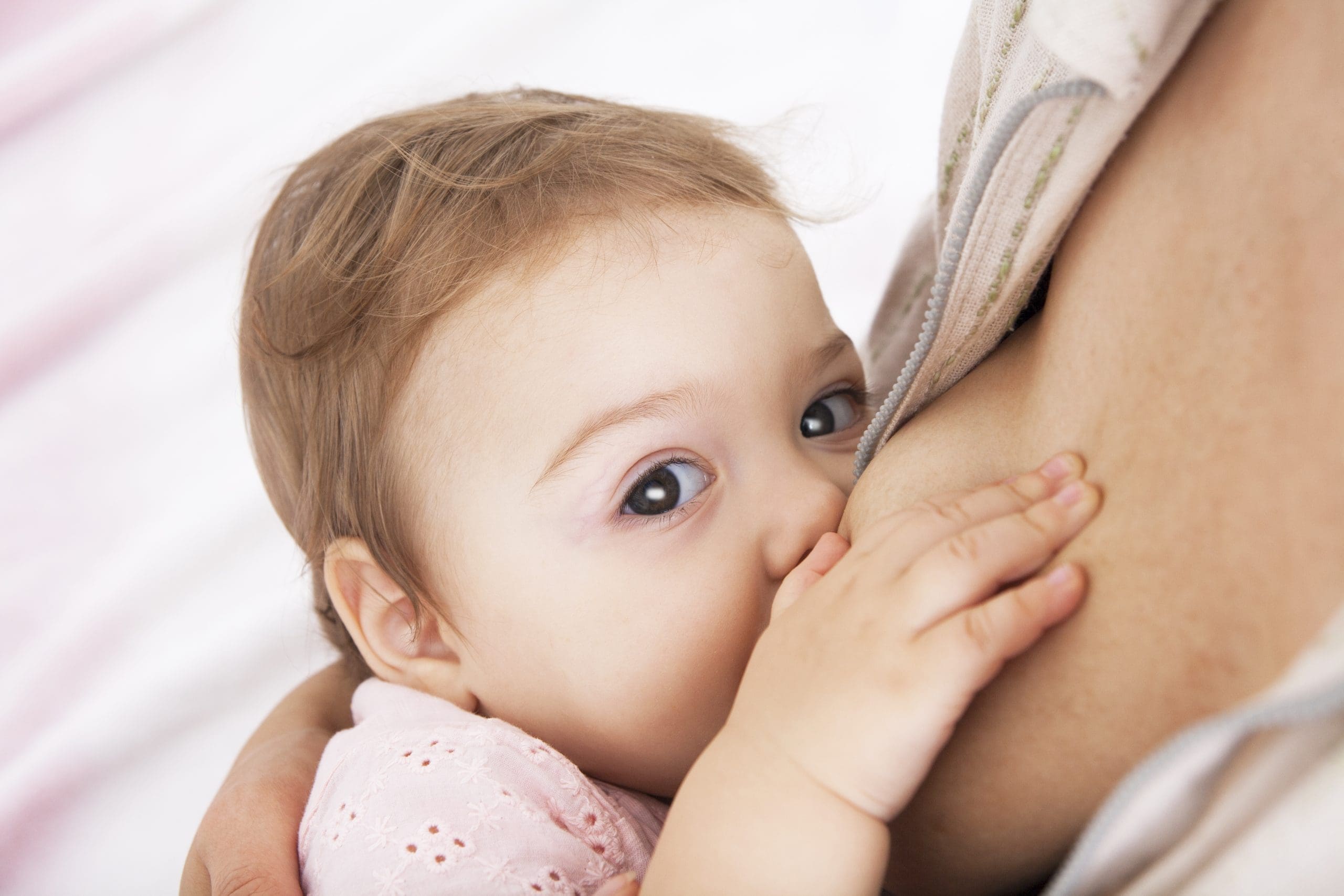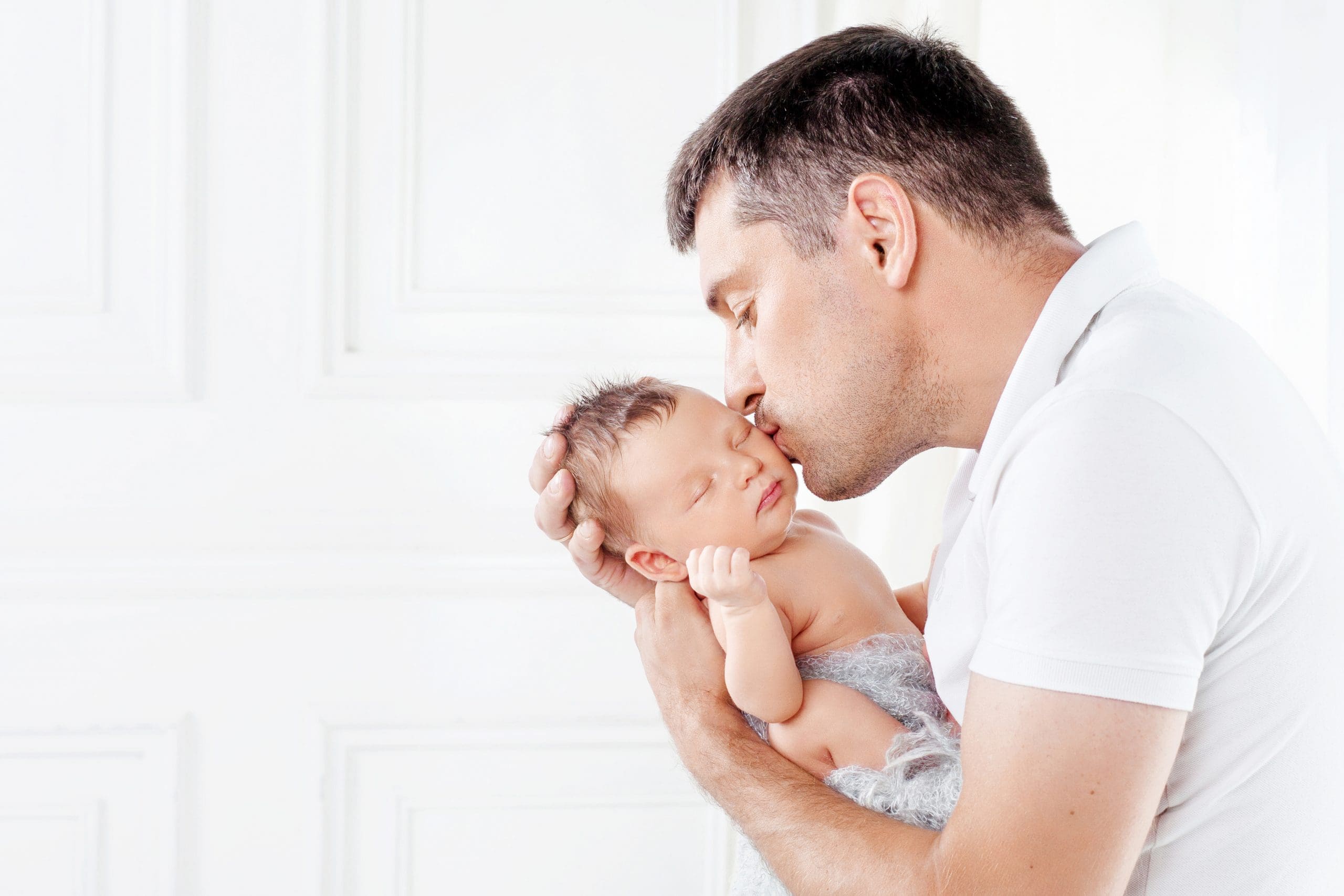Breastfeeding with flat or inverted nipples

- You may apply breast massage gel / cream to the nipple and areola to moisturise them.
- Use a nipple suction device to pull the nipple until the nipple and part of the areola protrude. The suction time should not be too long.
- Then bring the baby to the breast to latch on.
Breastfeeding with irritation/cracked/bleeding nipples

Nipple irritation
- The nipple is unusually sensitive because it isn’t used to external stimuli.
- There is nipple soreness with no visible damage.
- The pain can be an initial symptom of internal bleeding, blisters and cracking (rhagades).
Bleeding, internal bleeding
- It is believed that there is edema or pooled blood in the nipple, and the negative pressure produced by the baby’s sucking promotes anoxia in the papillary tissues, which increases capillary permeability and leads to burst capillaries and internal bleeding.
Crack

- Created on the tip, sides and/or neck of the nipple; it resembles chapped skin and hurts when pressed or sucked.
- Evaluate whether the newborn is attached to the breast properly and correct it if necessary.
- You may use a nipple shield to lessen the pain during breastfeeding in the case of sore / cracked nipples.
- Apply breastmilk (hind milk) or nipple cream. You may use a breast shell to protect sore / cracked nipple from friction, giving time for nipple to heal.









